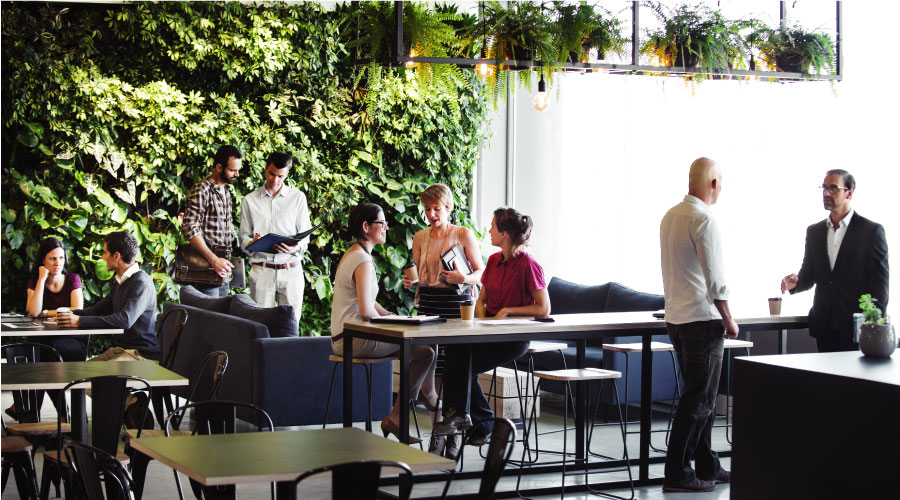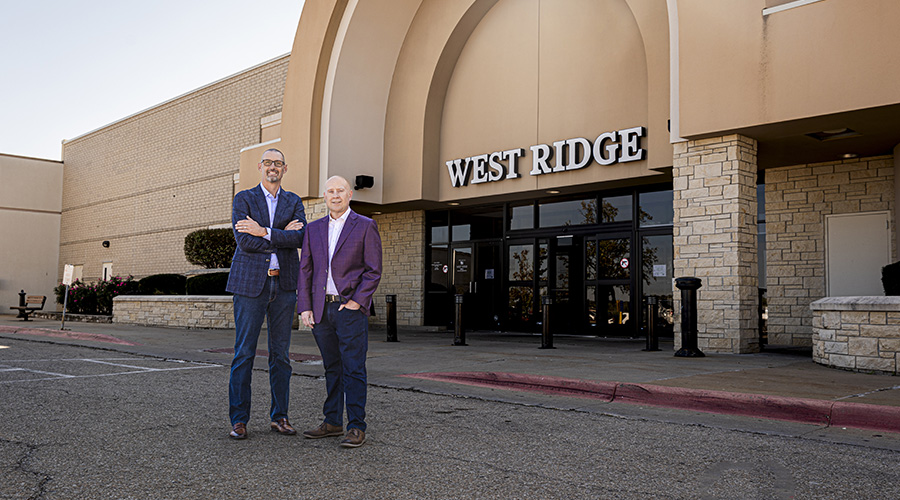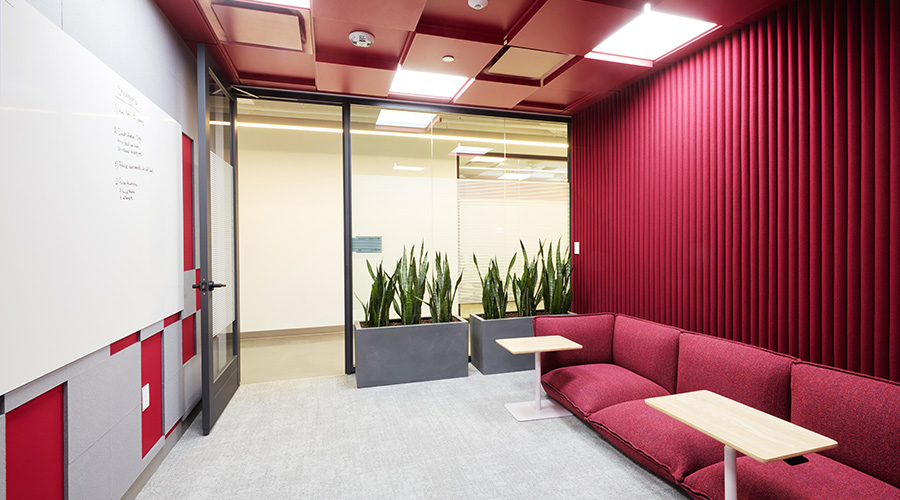 JLL
JLLTransforming Commercial Spaces for a Post-Pandemic Future
The possibilities for changing spaces are boundless.
While cities like San Francisco wrestle with how to fill their office space, commercial building owners across the country are also looking for ways to position their assets to succeed in an uncertain market post-pandemic.
One of the ways building owners are addressing change is by trying to evolve their properties into mixed-use developments by incorporating office spaces, retail, residential and even recreational areas into their buildings.
The possibilities for changing spaces are boundless, and a challenge that developers seem eager to tackle. Innovative examples are popping up in commercial spaces all over the country.
For example, developers are repurposing areas in shopping malls and are dedicating space to pickleball courts. Other designers are making room for art galleries or wellness centers. Bloszies described how some San Francisco buildings are transforming unneeded elevator shafts into hydroponic gardens for restaurants to grow vegetables for food on their menus. Another possibility is to create more downtown parking spaces.
“This is going to create some truly innovative partnerships and alliances across the CRE landscape,” says Brett Johnson, a principal in Ernst & Young’s transaction advisory services real estate group. “Not all consumers will want to live, work and play all in the same environment, but the best developers are creating city center concepts, complete with ample green space, in locations where people have not traditionally gathered.”
Office transformation
Work from home seemed like the new normal at the start of the pandemic. As time moves further away from the pandemic, more companies are encouraging and, in some instances, even requiring, workers to return to the office, even if only in a hybrid capacity. More employees are also expressing interest in returning to the office because they’re missing the camaraderie with co-workers.
“Employees are looking for reasons to gather in the office,” Johnson says. “Amenities and features that cater to both physical and mental wellbeing are just as important as state-of-the-art technology. When the office experience doesn’t ‘work,’ employees vote with their feet.”
To encourage employees to come back, commercial office building owners and companies leasing from them are trying to spruce up the workplace with creations such as cafes offering healthy food options, exercise rooms and more collaborative workspaces. Better public transportation and parking options can also help sway an employee’s decision to come back.
The new office workspace has introduced terms such as hot-desking, hoteling and collaboration zones into the design lexicon as well as private conference rooms that employees can reserve and other quiet areas for employees to use as work options. These are workplace features that emerged during the pandemic and are key benefits in trying to bring employees back to the office.
“As we move to a more permanent hybrid model, we will see the role of the office reimagined, but it will continue to remain critical to the future of work and central to organizations’ ecosystems, serving as a hub for fostering employees wellbeing, collaboration and productivity,” Sealy says. “With the purpose of the office shifting, companies will no longer only consider things like occupancy and square footage but will evaluate a whole host of amenities when making commercial real estate decisions.”
As building occupancy numbers continue to rise from the depths of the pandemic, it’s clear that the CRE market is in the early stages of an evolution that Sealy says will have “long-lasting impacts on the industry.”
“I think we can expect smarter, more efficient buildings that work with and give back to their surrounding environment,” Johnson says. “The financials have to make sense, and this may take some time, but it’s coming. I believe the pendulum is swinging in terms of getting people back into the office. It’s largely necessary for most industries, so I see an evolution toward highly-amenitized and collaborative workspaces.”
Dave Lubach is the executive editor for the facilities market. He has more than eight years of experience reporting on facility management and maintenance issues.
Related Topics:













